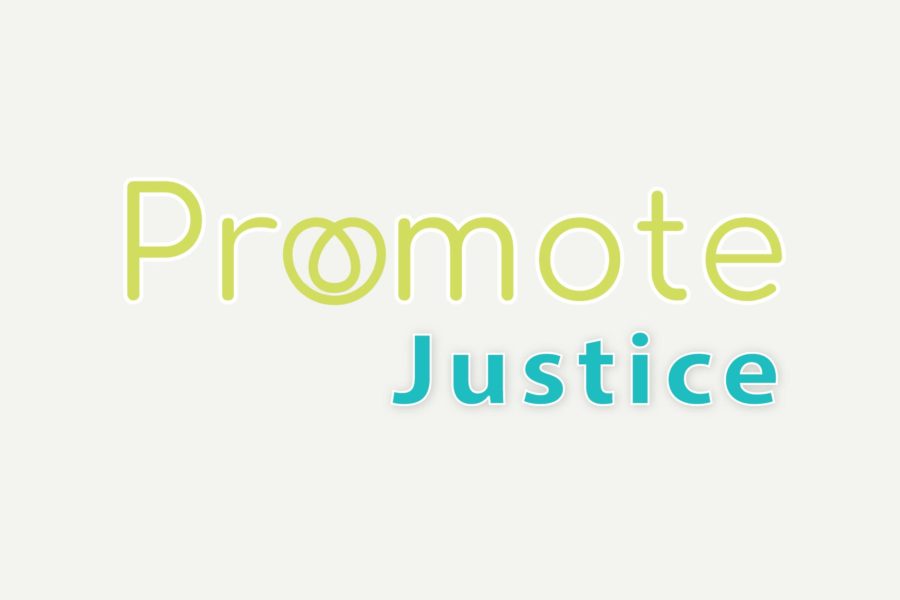This is an updated version of a previously published article that has been edited for clarity.
Thus far, we have gathered more than 150 pages of community input on Hatch Open and Artse United’s vision for designing a cooperative digital future for managing the arts, including issues of “digital life”, “managing creativity”, “capturing insight”, “promoting justice”, and more in the visual, performing, and disability arts.
In Part 4 below, we share emerging insights on promoting justice in the arts. See Part 1 for insights on the digital life of Ontario arts workers, Part 2 for general practices and desires for managing the arts, and Part 3 for descriptions of impact practices for the arts.
When asked what they require for new digital platforms to promote justice (such as being accessible, secure, just, and fair), participants responded:
Monetization: Participants identified the need to “(shift the reality that) creation phase for artists often goes unremunerated”, “control of right to sell data (for users), and, “get rid of advertising (on the platform)”.
Literacy: “Knowledge” was identified as a significant theme, including knowledge of: “training for artists to better understand public policies, status of the artist legislation, cross-sectoral problem-solving, “best practices for the organization and the community”, “what options are out there, which are good and which are not”, and, “how to differentiate private and public information, what access components are needed for each, and which can be flexible”.
Ownership and security: Participants thought data “should be heavily encrypted as to provide total anonymity (if needed)”, involve “clear ownership”.“ and that there should be “copyright protection for intellectual property”, and, “artificial intelligence governance structures”.
Affordability: Participants brought up how “digital platforms should be affordable beyond the homogeneous norms of what ‘affordable’ means”, and in regards to monetizing those platforms, “balance platform profit model with affordability for users” with affordable data (“promoting the arts consumes a lot of data and memory”) and software plans.
Accessibility: Participants identified training and on-boarding practices to “get the most out of digital solutions” and that include “audio and visual learning modules” were identified by participants. A digital system that “clarifies, and welcomes communication rather than muddy it”, is adaptable to “accommodate varying needs, physically and mentally, while delivering the same service”, and “can be shifted from high-end users (tech pros) to low-end (tech amateurs)” was also important. Participants desired “ongoing support to customize interface based on individual needs” and “information sessions to make it seem less scary and complicated”. Additionally, participants identified the need for general policies, such as “collective governance strategies” and “guidelines for inclusivity”. One participant asks us to consider: “We need to encourage holistic, comprehensive approaches to access. (For) digital, you can write code for text to be large enough, but is the content welcoming? Or is the content exploitative? Do social and emotional access mean as much, or more, on a digital platform?”.
Discoverability: Participants identified desire for an SEO that is “networked” as well as one for “independent publishers/non-profits”. Some also described a networking option that would “let specific people (or in general) know about a project I have coming up….my social media circle is large, but limited. I find it difficult to make new connections outside my artistic field” as well that “often we are evaluated strictly by what we are doing right now – projects come and go and leave little lasting impressions – if a show doesn’t get a review, did it actually happen?”
